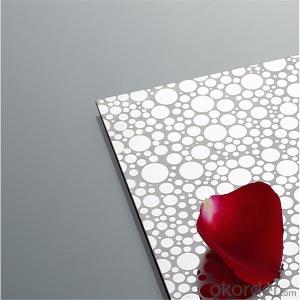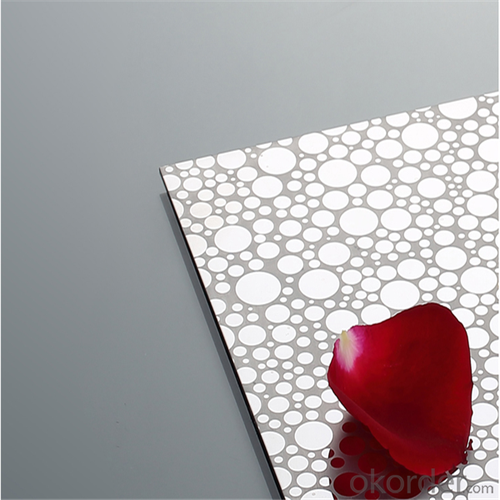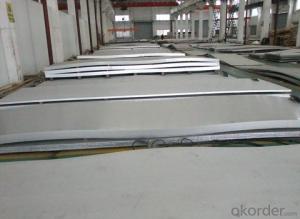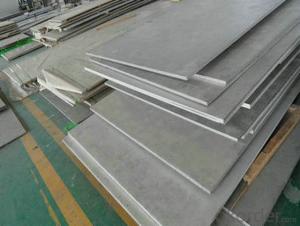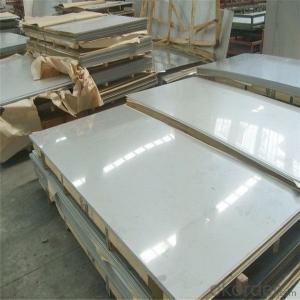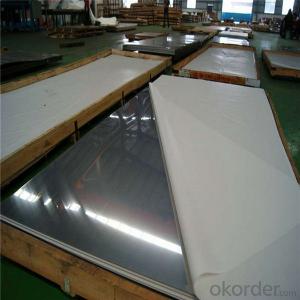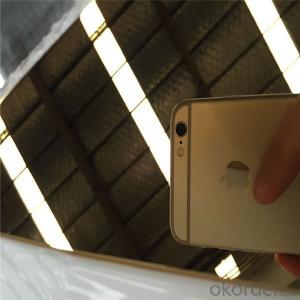904L Decorative Stainless Steel Sheet in China
- Loading Port:
- Shanghai
- Payment Terms:
- TT OR LC
- Min Order Qty:
- 1 m.t.
- Supply Capability:
- 20000 m.t./month
OKorder Service Pledge
Quality Product, Order Online Tracking, Timely Delivery
OKorder Financial Service
Credit Rating, Credit Services, Credit Purchasing
You Might Also Like
Specification
Standard:
ASTM
Technique:
Cold Rolled
Shape:
Square
Surface Treatment:
Polished
Steel Grade:
300 Series
Certification:
BV
Thickness:
1.5
Width:
1500
Length:
3000
Net Weight:
23
stainless steel sheet price 904l
| ype | Decorative stainless steel sheet |
| Name | stainless steel sheet price 904l |
| Thickness | 0.3 mm - 3.0 mm |
| Size | 1000*2000mm, 1219*2438mm, 1219*3048mm, customized Max.width 1500mm |
| SS Grade | 304,316, 201,430 etc. |
| Finish | Mirror +etch+color |
| Avaible finishes | No.4, Hairline, Mirror, Etching, PVD Color, Embossed, Vibration, Sandblast, Combination, lamination etc. |
| Origin | POSCO,JISCO,TISCO,LISCO,BAOSTEEL etc. |
| Packing way | PVC+ waterproof paper + strong sea-worthy wooden package |
| Chemical composition | ||||
| Grade | STS304 | STS 316 | STS430 | STS201 |
| Elong(10%) | Above 40 | 30MIN | Above 22 | 50-60 |
| Hardness | ≤200HV | ≤200HV | Below 200 | HRB100,HV 230 |
| Cr(%) | 18-20 | 16-18 | 16-18 | 16-18 |
| Ni(%) | 8-10 | 10-14 | ≤0.60% | 0.5-1.5 |
| C(%) | ≤0.08 | ≤0.07 | ≤0.12% | ≤0.15 |

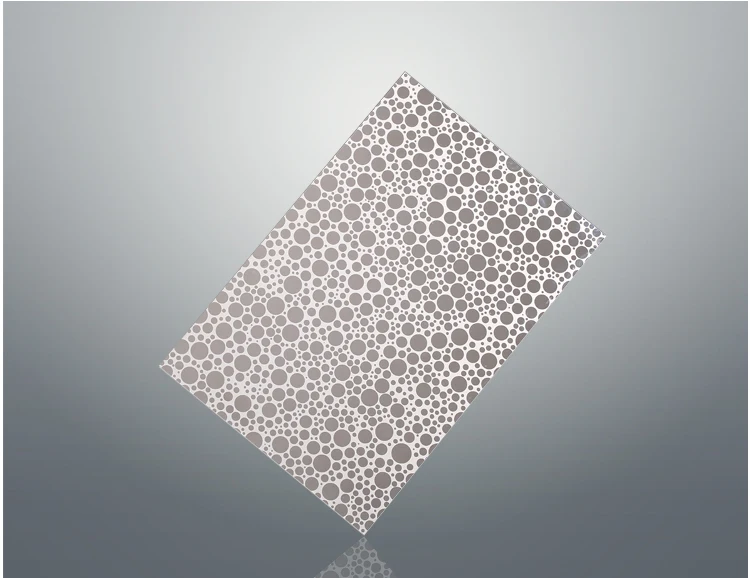
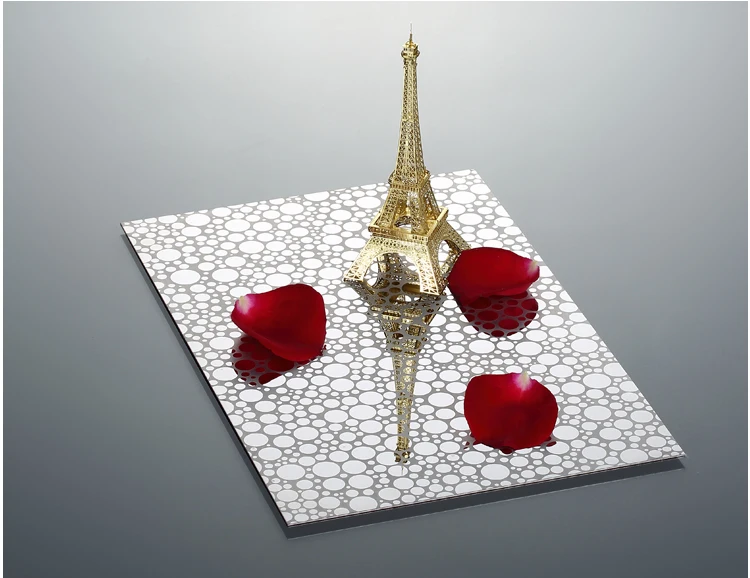
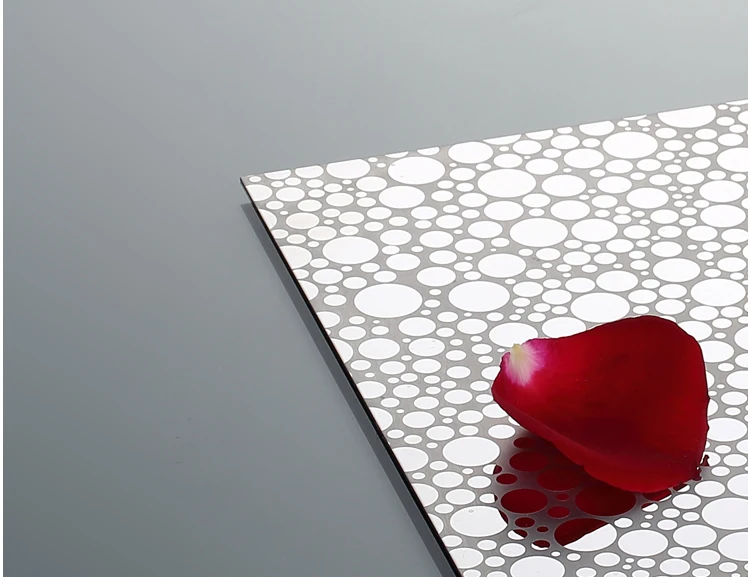
- Q: Can stainless steel sheets be used for automotive applications?
- Yes, stainless steel sheets can be used for automotive applications. Stainless steel is a highly versatile and durable material that offers excellent resistance to corrosion, heat, and impact. These properties make it ideal for automotive applications where durability and resistance to harsh environments are essential. Stainless steel sheets can be used in various parts of the automotive industry, including body panels, exhaust systems, fuel tanks, and even interior components. Additionally, stainless steel can be easily formed, welded, and manipulated to meet specific design requirements, making it a popular choice in the automotive industry.
- Q: Are stainless steel sheets suitable for outdoor sculptures?
- Yes, stainless steel sheets are highly suitable for outdoor sculptures. Stainless steel is a durable and corrosion-resistant material, making it ideal for withstanding harsh outdoor conditions. It is resistant to rust, staining, and fading, making it a low-maintenance choice for outdoor sculptures. Additionally, stainless steel has a sleek and modern appearance, which can enhance the aesthetic appeal of outdoor artworks. Its strength and malleability also make it suitable for creating intricate and detailed sculptures. Therefore, stainless steel sheets are an excellent choice for outdoor sculptures, ensuring longevity and enhancing their visual impact.
- Q: How do you prevent intergranular corrosion on stainless steel sheets?
- Intergranular corrosion, which causes structural damage and reduced strength, occurs along the grain boundaries of stainless steel. To prevent this corrosion on stainless steel sheets, several steps can be taken: 1. Material Selection: To prevent intergranular corrosion, it is crucial to select the appropriate grade of stainless steel. Grades like 304L or 316L, which have low carbon content, are less susceptible to this type of corrosion due to their reduced sensitivity to sensitization. 2. Heat Treatment: One can heat treat stainless steel sheets to eliminate carbide precipitation, a common cause of intergranular corrosion. This process, known as solution annealing or sensitization heat treatment, involves heating the material to a specific temperature range and rapidly cooling it. This treatment ensures the formation of a consistent and corrosion-resistant microstructure. 3. Passivation: Passivation is a chemical process that removes contaminants and forms a protective oxide layer on the surface of stainless steel sheets. This layer acts as a barrier against corrosion and prevents intergranular attack. Typically, nitric acid or citric acid solutions are used for passivation. 4. Welding Techniques: Proper welding techniques should be employed when welding stainless steel sheets to minimize the risk of intergranular corrosion. This includes using low heat input, preventing excessive heat build-up, and using filler materials with low carbon content to prevent sensitization. 5. Avoiding Contamination: It is essential to protect stainless steel sheets from contamination by other metals, particularly those with higher galvanic potentials. Contact with carbon steel, for instance, can lead to galvanic corrosion and promote intergranular attack. Therefore, it is important to store and fabricate stainless steel sheets separately from other metals. 6. Regular Cleaning and Maintenance: Regularly cleaning and maintaining stainless steel sheets is vital to prevent the accumulation of corrosive substances or contaminants on the surface. Non-abrasive cleaners and proper cleaning methods should be used to avoid scratching the stainless steel, as scratches can create sites for corrosion initiation. By implementing these preventive measures, one can significantly reduce intergranular corrosion, ensuring the durability and performance of stainless steel sheets.
- Q: What are the different types of stainless steel sheet perforations available?
- There exists a variety of stainless steel sheet perforations, each possessing its own distinctive characteristics and applications. Among the most prevalent types are: 1. Round hole perforations: These perforations, characterized by evenly spaced round holes, are the simplest and most commonly employed. They ensure sufficient airflow and visibility. 2. Square hole perforations: Similar to their round counterparts, square hole perforations offer a distinct aesthetic and may be utilized for ventilation or decorative purposes. 3. Slotted perforations: Elongated in shape, slotted holes provide a larger open area compared to round or square holes. Consequently, they are often employed for drainage or filtering applications. 4. Hexagonal hole perforations: Hexagonal holes, featuring an exclusive pattern, are frequently used for architectural or decorative applications. They are also effective in facilitating airflow and visibility. 5. Decorative perforations: These perforations exhibit diverse shapes and designs, such as floral, geometric, or abstract patterns. Primarily employed for decorative purposes, they are commonly found in building facades or interior design. 6. Micro-perforations: These minute holes, typically less than 1mm in diameter, are utilized in applications necessitating high precision and fine filtration, like speaker grills or air diffusers. When selecting the appropriate perforation type, it is crucial to consider the specific requirements of your application. Factors such as open area, strength, visibility, and aesthetics must all be carefully evaluated to guarantee the most suitable choice for your specific needs.
- Q: Can stainless steel sheets be formed into different shapes?
- Yes, stainless steel sheets can be formed into different shapes. Stainless steel is a versatile material that can be easily manipulated through various forming processes such as bending, rolling, and stretching. These processes allow stainless steel sheets to be shaped into various forms, including curves, angles, cylinders, and complex geometries. The malleability and ductility of stainless steel sheets make them ideal for applications that require customized shapes and designs. Additionally, stainless steel's resistance to corrosion and high temperatures make it a popular choice for shaping into different forms in industries such as architecture, construction, automotive, and manufacturing.
- Q: What is the maximum size available for stainless steel sheets?
- The maximum size available for stainless steel sheets can vary depending on the manufacturer and supplier. However, commonly available sizes range from 4 feet by 8 feet (1220mm by 2440mm) to 5 feet by 10 feet (1524mm by 3048mm).
- Q: Are stainless steel sheets suitable for outdoor staircases?
- Indeed, outdoor staircases can be adorned with stainless steel sheets. Renowned for its durability, resistance to corrosion, and capability to endure even the harshest weather conditions, stainless steel emerges as an outstanding selection for outdoor purposes. Not only do stainless steel sheets bestow a sleek and contemporary appearance, but they also guarantee robustness and steadiness. Moreover, stainless steel requires minimal upkeep and can be effortlessly cleaned, rendering it a pragmatic alternative for outdoor staircases that encounter dirt, dust, and various other outdoor influences.
- Q: What are the different types of stainless steel sheet finishes for industrial applications?
- There are several types of stainless steel sheet finishes for industrial applications, including 2B, No. 4, No. 8, BA, and brushed finishes.
- Q: What is the maximum width of stainless steel sheets available?
- The supplier and customer requirements can cause variations in the maximum width of stainless steel sheets. Typically, these sheets come in widths ranging from 36 inches (91.44 cm) to 72 inches (182.88 cm). However, certain specialty suppliers may have wider options, exceeding 96 inches (243.84 cm) or even more. It is crucial to consider that wider sheets might incur higher production expenses and longer delivery times. Therefore, customers should consult their supplier to ascertain the maximum width suitable for their particular demands.
- Q: Are stainless steel sheets suitable for food processing and storage?
- Yes, stainless steel sheets are highly suitable for food processing and storage. This is due to their non-reactive nature, resistance to corrosion, durability, and ease of cleaning, making them ideal for maintaining food hygiene standards. Stainless steel is used extensively in commercial kitchens, food manufacturing facilities, and storage areas due to its ability to prevent contamination and ensure the safety of food products.
Send your message to us
904L Decorative Stainless Steel Sheet in China
- Loading Port:
- Shanghai
- Payment Terms:
- TT OR LC
- Min Order Qty:
- 1 m.t.
- Supply Capability:
- 20000 m.t./month
OKorder Service Pledge
Quality Product, Order Online Tracking, Timely Delivery
OKorder Financial Service
Credit Rating, Credit Services, Credit Purchasing
Similar products
Hot products
Hot Searches
Related keywords
